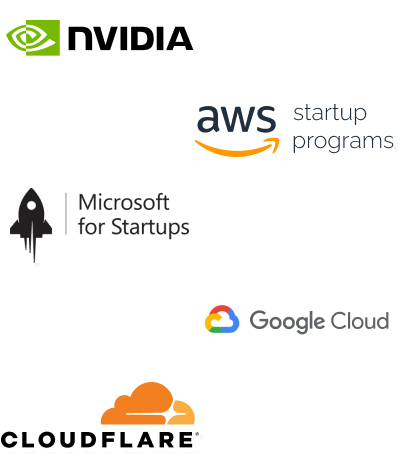- Home
- Services
- IVY
- Portfolio
- Blogs
- About Us
- Contact Us
- Sun-Tue (9:00 am-7.00 pm)
- infoaploxn@gmail.com
- +91 656 786 53
Large language models (LLMs) are revolutionizing natural language processing by powering applications from chatbots to translation systems. However, their impressive capabilities come at the cost of enormous computational and memory requirements. This is where quantization comes into play. In this post, we’ll break down what quantization is, why it matters for LLMs, explore various quantization strategies—including the promising nf4 and fp4 approaches—and weigh the pros and cons of this technology. Let’s dive in!
At its core, quantization is the process of reducing the precision of the numbers (usually floating-point values) that represent a neural network’s parameters. In standard deep learning models, these numbers are typically represented as 32-bit floating-point values (FP32). Quantization involves converting these 32-bit numbers into lower precision representations—such as 16-bit (FP16), 8-bit, or even 4-bit formats. The primary goal is to:
LLMs often contain billions of parameters. Running these models in real time on devices like smartphones or even on cost-effective servers can be challenging. Quantization addresses this by:
Several quantization strategies have been developed, each with its own trade-offs. Here are the most common ones:
Overview: In QAT, the quantization process is simulated during the training phase.
Recent innovations have introduced specialized 4-bit quantization methods like NF4 (NormalFloat 4-bit) and FP4 (Floating Point 4-bit). These methods optimize memory usage while minimizing performance degradation:
Both techniques are integral to frameworks like QLoRA (Quantized Low-Rank Adaptation), which enables fine-tuning of large models with minimal hardware requirements.
Quantization is a powerful tool in the arsenal of machine learning engineers, particularly when it comes to deploying large language models in resource-constrained environments. By reducing the precision of the weights—from FP32 to formats as low as 4 bits—quantization helps lower memory usage, speeds up inference, and cuts energy costs. Emerging strategies like nf4 and f4 quantization are pushing the boundaries further, offering promising avenues to maintain high accuracy even with aggressive compression.
For practitioners and researchers alike, the key is to balance the trade-offs: leveraging quantization to scale and deploy LLMs efficiently while preserving the model’s inherent capabilities. As hardware evolves and quantization techniques become more sophisticated, we can expect to see even broader adoption of these methods, making state-of-the-art language models accessible across diverse platforms and applications.
By understanding and implementing these quantization strategies, you’re not just reducing numbers—you’re opening the door to a future where powerful language models are scalable, energy-efficient, and accessible to everyone.
Imagine reducing your operational costs by up to $100,000 annually without compromising on the technology you rely on. Through our partnerships with leading cloud and technology providers like AWS (Amazon Web Services), Google Cloud Platform (GCP), Microsoft Azure, and Nvidia Inception, we can help you secure up to $25,000 in credits over two years (subject to approval).
These credits can cover essential server fees and offer additional perks, such as:
By leveraging these credits, you can significantly optimize your operational expenses. Whether you're a startup or a growing business, the savings from these partnerships ranging from $5,000 to $100,000 annually can make a huge difference in scaling your business efficiently.
The approval process requires company registration and meeting specific requirements, but we provide full support to guide you through every step. Start saving on your cloud infrastructure today and unlock the full potential of your business.

